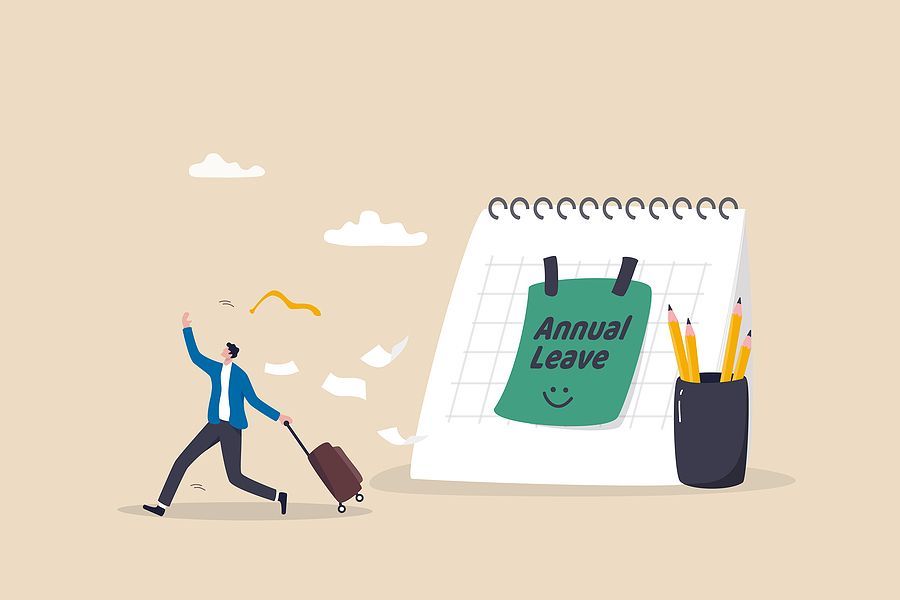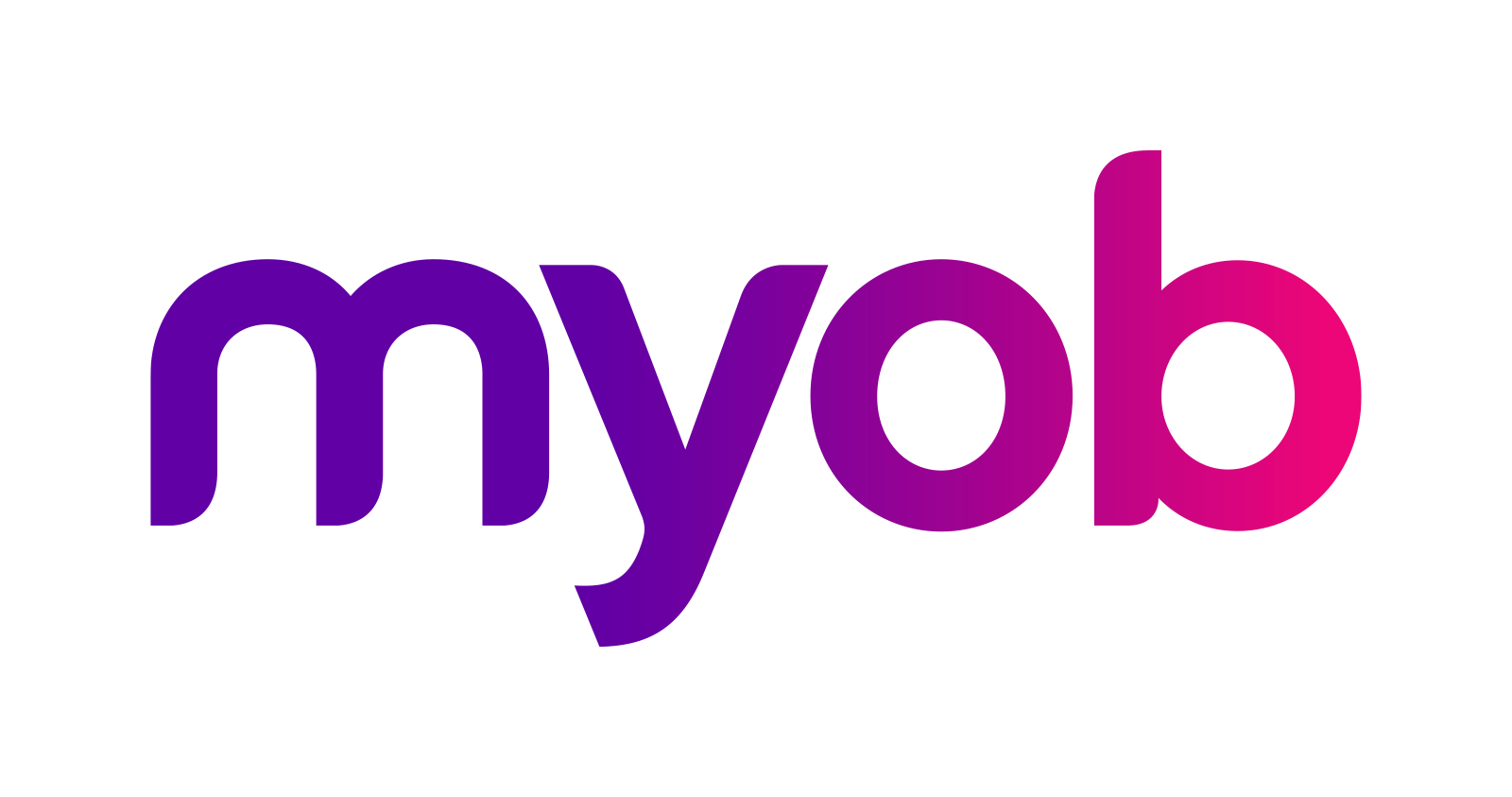News Articles
Managing employee leave effectively is non-negotiable, why? If your employees have been accruing excess annual and Long Service Leave, addressing accumulated leave is essential for your business's financial health. Moreover, excess unused leave can pose challenges for staffing resources, such as disruption of operational continuity and strain on resources, especially during critical periods if an employee takes extended leave.
However, it's not just about ensuring operational continuity; it's also about fostering a workplace culture that values work-life balance and employee well-being. In Australia, where regulations around leave entitlements can vary between states and territories, understanding and implementing leave management strategies should be important for a business's financial health and operational efficiency.
Employee well-being is a cornerstone of success, and mastering leave management has become a critical factor. Beyond mere compliance with regulations, effective leave management can unlock organisations' hidden potential, potentially driving productivity, increasing employee satisfaction, and, ultimately, business growth. Furthermore, unused Long Service and Annual Leave are recorded as liabilities on your business’ balance sheet.

Regulations and leave entitlements: what you need to know
- Understanding the regulations: Long Service Leave entitlements vary by state and territory in Australia. For instance, in South Australia, employees can take or cash out their Long Service Leave1 after completing ten years of service. Employers and employees can discuss the option of a pro-rata long service leave entitlement that becomes available after 7 years of continuous service. It's essential to be aware of specific rules and any exceptions that may apply to certain categories of workers, such as those in the construction industry or public service. We note Long Service Leave is applicable to casual workers as well as permanent staff.
- Navigating annual leave entitlements: Annual leave entitlements are regulated by the Fair Work Act 2009 and the amendments2, with provisions for negotiating cashing out accrued annual leave. However, some conditions must be met, including maintaining a balance of 4 weeks of annual leave. Most awards allow cashing out annual leave, but limitations exist to ensure employees maintain adequate leave balances. It's important to note that full-time and part-time employees are entitled to paid annual leave, which accrues based on their ordinary hours of work. Casual employees do not have paid annual leave entitlements but may receive a casual loading instead.
- Continuous learning and development: Effective leave management requires learning and adapting to evolving regulations, industry trends, and employee preferences. Investing in training and development opportunities for HR personnel and managers can ensure they stay informed about changes in leave policies and best practices. Additionally, fostering a culture of continuous learning encourages innovation and promotes a growth mindset within the organisation.

Leave management is an essential aspect of workforce management
- Benefits of a well-organised leave schedule: Implementing a leave schedule can lead to a more efficient business operation. A well-organised leave schedule ensures that your business is adequately staffed during busy periods and allows your employees to rejuvenate, leading to improved performance and morale without the pressures of staff shortage.
- Flexible work arrangements: There has been a growing trend towards flexible work arrangements, including remote work, compressed workweeks, and job sharing in recent years. Embracing flexibility in scheduling can accommodate diverse employee needs and preferences, ultimately contributing to a more inclusive and adaptable workplace culture. Integrating flexible work options into leave management practices can enhance employee satisfaction and retention while maintaining operational efficiency.
- The role of technology: With many applications available, leveraging technology can streamline leave management processes and enhance efficiency. Many businesses opt for leave management software solutions that automate leave requests, approvals, and tracking, reducing administrative burdens and ensuring compliance with regulations. These platforms often provide valuable insights into leave patterns and trends, empowering businesses to make data-driven decisions.
- Promoting work-life balance: While maintaining a healthy work-life balance for employees is beneficial, it's worth reiterating the benefits of prioritising employee well-being. Organisations prioritising work-life balance tend to experience lower turnover rates, higher employee engagement, and increased productivity. In addition, by fostering a culture that values and supports employee well-being, businesses can attract top talent and cultivate a positive workplace environment.
Taking action
To effectively manage leave in your business, consider the following:
Assess the situation: Determine if there is excess leave accumulation and its impact on operations and finances.
Implement a leave schedule: Develop and implement a schedule that meets operational needs and employee well-being.
Stay informed: Stay up-to-date with relevant regulations and seek professional advice to ensure compliance.
Communicate transparently: Communicate leave policies and entitlements to employees, fostering a culture of transparency and trust.
Address excess leave: Take proactive steps to address excess leave accumulation, such as encouraging employees to take leave or implementing leave cash-out options where applicable.
Finally
In conclusion, mastering leave management is not just a compliance requirement; it's a strategic imperative for Australian businesses seeking to thrive in today's competitive landscape. By addressing excess leave, embracing technology, promoting work-life balance, adopting flexible work arrangements, and prioritising continuous learning, businesses can unlock their workforce's full potential and drive long-term sustainable growth.
Discuss Further?
If you would like to discuss, please get in touch.
Disclaimer
The information provided in this article does not constitute advice. The information is of a general nature only and does not take into account your individual financial situation. It should not be used, relied upon, or treated as a substitute for specific professional advice. We recommend that you contact Brentnalls SA before making any decision to discuss your particular requirements or circumstances.








